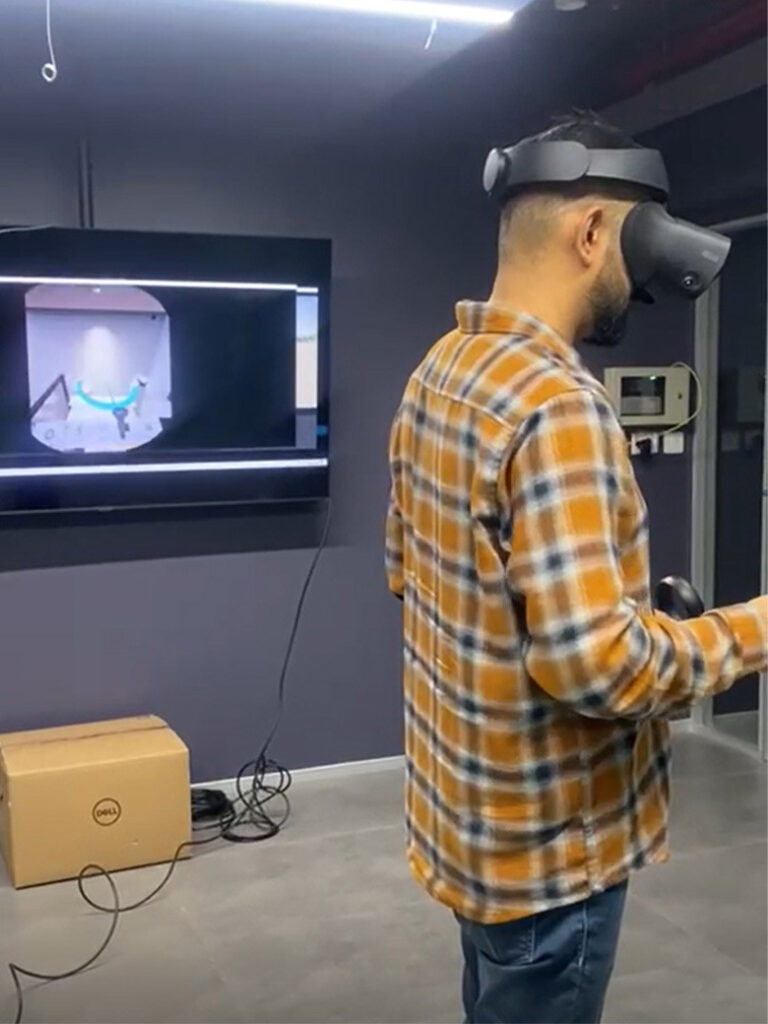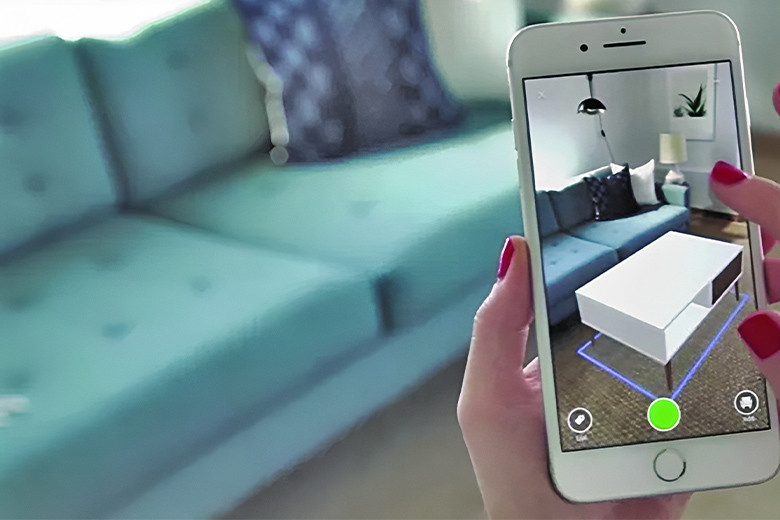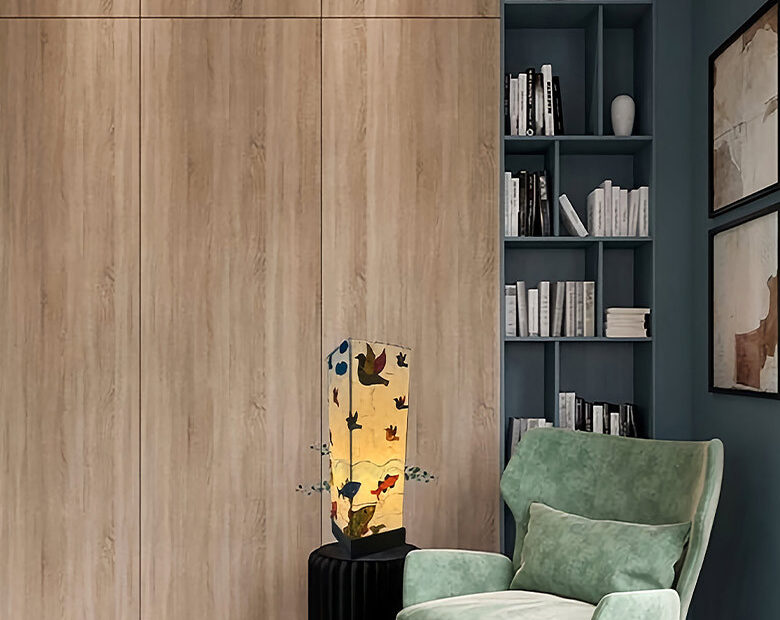Future innovations in the field of interior design,
Technology and innovation are two aspects that have transformed many industries over the years, and interior design is no exception.
In recent years, technology has played an important role in shaping the future of the interior design industry.
With advances in technology, designers are now able to create more realistic and accurate visualizations of their designs so that customers can experience their designs in a more interactive way.
New tools and technologies allow designers to create stunning, functional spaces tailored specifically for their clients.
From virtual reality and 3D printing to smart homes and sustainable materials, the future of interior design is being shaped by technology in countless ways.

Virtual Reality (VR)
Virtual Reality (VR) is quickly becoming one of the most exciting innovations in the field of interior design.
Designers can now create immersive 3D environments that allow customers to experience the space before it is built.
This can save time and money, as well as help customers make more informed decisions about their design choices.
With the help of virtual reality headsets, customers can walk around a virtual space, move furniture, and even change the lighting and decor.

3D printing
Another technology that has revolutionized the interior design industry is 3D printing.
One of the main advantages of 3D printing is that it allows designers to create custom pieces designed specifically for a specific space and/or client.
Designers may be able to create 3D printed pieces that include multiple materials and colors.
Or have complex organic shapes that may be difficult or impossible to produce using traditional manufacturing methods.

Smart home technology
Smart home technology is another innovation that is transforming the interior design industry.
From automated lighting and climate control to voice assistants and security systems, smart home technology can improve the functionality and comfort of any space.
For interior designers, this means they can create spaces that are not only beautiful, but also functional and intuitive.

Artificial Intelligence (AI)
It is technology that can analyze data to predict consumer behavior and preferences,
which can be used to create customized designs by designers.
AI can also help designers analyze the environmental impact of their designs
and make changes to reduce the carbon footprint while creating energy-efficient and cost-effective designs.
Augmented Reality (AR)
Augmented Reality (AR) is a technology that has become increasingly popular in the interior design industry,
as AR allows designers to overlay digital elements onto the real world, creating a hybrid experience.
This technology allows customers to visualize designs in their real-life environments,
allowing them to see how the design will look in their homes or workplaces.
Sustainable materials
Sustainability is also an important consideration in the future of interior design,
with growing concerns about climate change and the environmental impact of human activities,
Designers are increasingly looking for ways to incorporate sustainable materials and practices into their designs.
In terms of style and aesthetics, the future of interior design is expected to be more diverse and eclectic than ever before.
With the proliferation of digital tools and platforms,
designers have access to a wide range of design styles and inspiration from all over the world.
This has led to the mixing of different styles and influences, as well as the creation of entirely new design movements and trends.
See More: Technological solutions to interior design challenges
